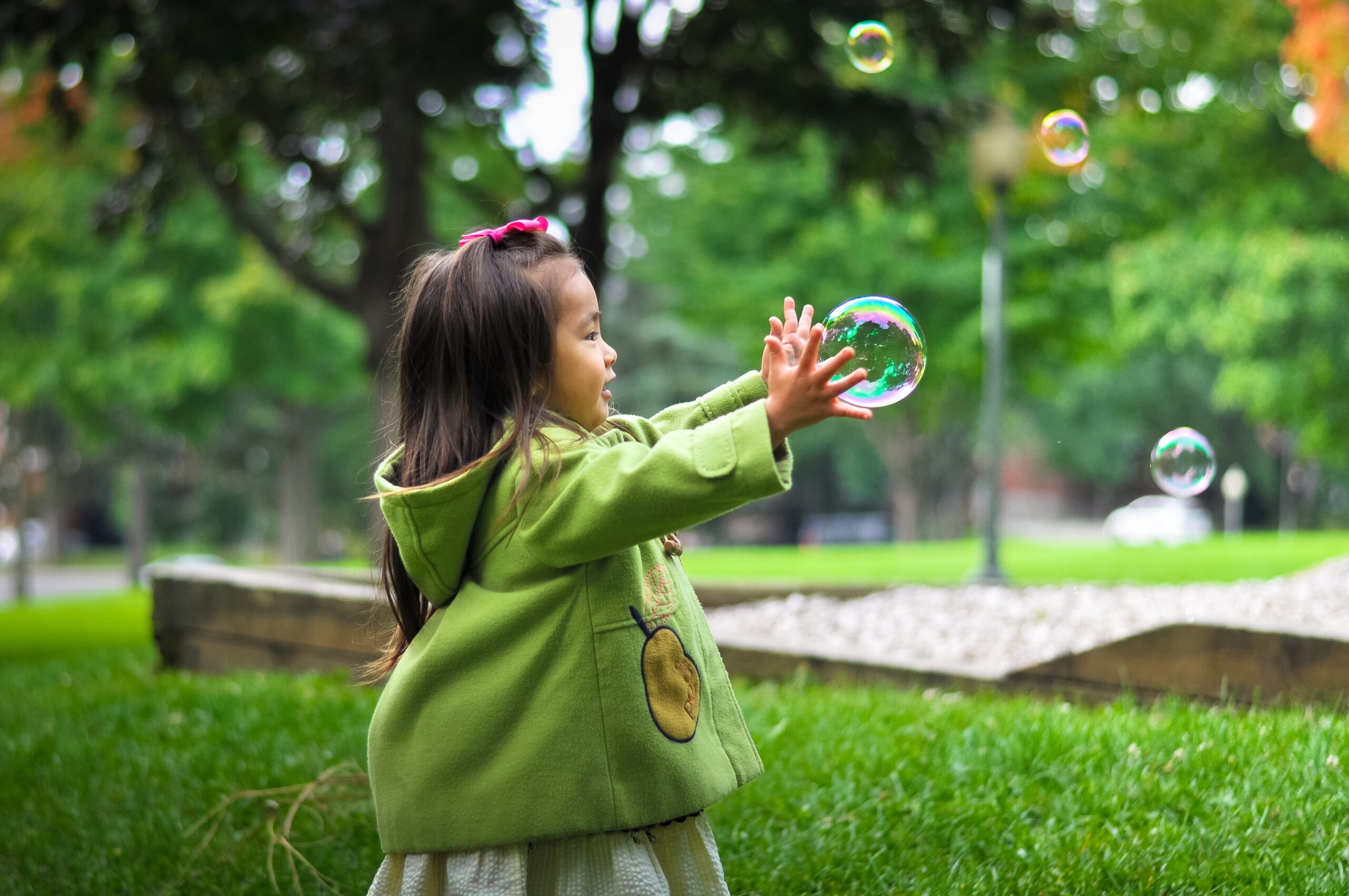By Elysse James
To keep ourselves and our children safe and reduce the spread of the novel coronavirus known as COVID-19, authorities are recommending social distancing — that is, staying 6 feet away from one another.
But what does that mean for families, and how can we have these conversations with our children?
Rebecca Pianta, coordinator of counseling and student support at Capistrano Unified School District, has answers.
“It’s vital because we have to start reducing the number of people who are infected and so when you’re engaging in social distancing it reduces the risk,” Pianta said. “For children…they’re more susceptible to passing it on to others so we want to try to reduce the risk to everyone across the board.”
The idea behind social distancing, she said, is to reduce the chance of breathing in droplets produced by a person who is infected. Instead of shaking hands or hugging, Pianta suggests waving or nodding. The government as of Monday, March 16, 2020 also recommends not gathering in crowds larger than 10 people, to minimize the spread of the disease.
Children should avoid play structures at parks but Pianta recommends fresh air and playing in the yard, or in an open-air space such as on a hike or bike ride. Children can maintain social connections through phone calls, video chats, and online communities.
“Avoid visitors as much as possible,” she said. “No sleepovers, group playdates.”
Most importantly, she said, ensure you and your children practice good hygiene, such as washing hands frequently, covering your mouth and nose with a tissue when sneezing or coughing, avoiding touching your face, eating healthy foods, and getting enough sleep.
“It’s important for parents to stay calm,” Pianta said. “Students feed off your energy. Be honest with them, but really be fact-based.”
“Some of them might be worried,” she said. “Let them know that the research has found symptoms in kids tend to be a lot milder.”
Kids, she said, often know more than we suspect, so it’s important to give them research-based information and limit social media and television news.
“Give them an outlet to talk about their feelings and check in to see how they’re doing and how this is affecting them,” Pianta said.
When school returns, school counselors will be available on every campus to speak to the students. They can email or fill out a referral form on the Counselor’s Corner on their school’s website.
Another way to help children cope is to stick to a routine. Though Capistrano Unified students are currently on their regularly scheduled spring break, schools are closed through April 3. A Special Board Meeting will be held March 25, 2020 for the Board of Trustees to evaluate further plans.
Capistrano Unified will provide more information to families with details on virtual learning and resources so that students can continue to receive an outstanding education during this challenging time.
More information and resources are available on the district website here.
More about how Capistrano Unified continues to prepare for and prevent COVID-19:
Capistrano Unified offers students free curbside lunches during COVID-19 school closures
Capistrano Unified Closes Schools Amidst Global Coronavirus Concerns
No coronavirus cases in Capistrano Unified; district prepares

